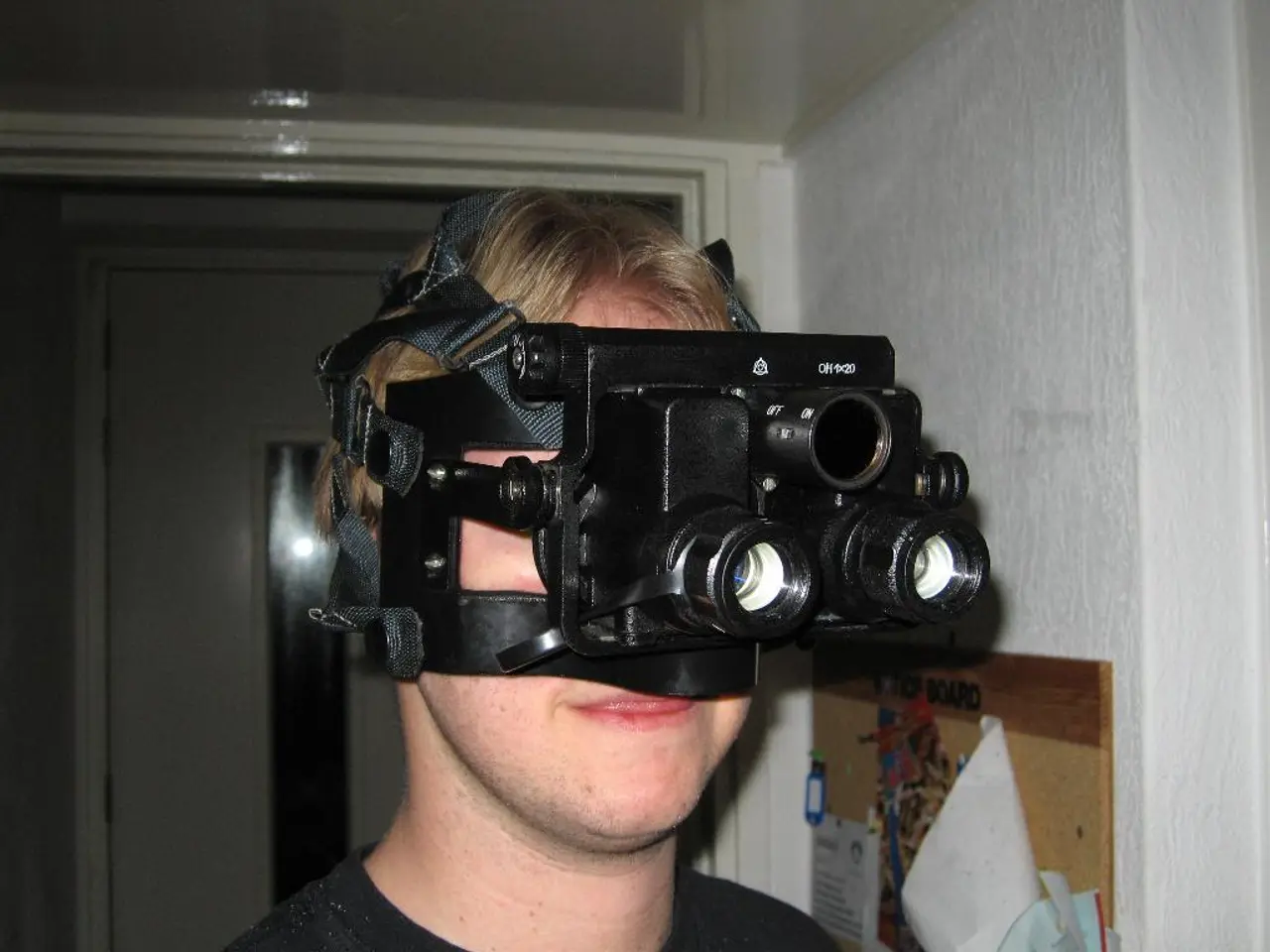Virtual Reality Training: Comparison between First-Person Perspective and Third-Person Perspective
In the ever-evolving world of virtual reality (VR) training, the choice between first-person (1PP) and third-person (3PP) perspectives can significantly impact the learning experience. Both perspectives offer unique advantages, each tailored to specific training goals.
First-person perspective places the learner inside the avatar's body or viewpoint, creating a highly immersive and authentic experience. This perspective is particularly effective for building empathy and emotional connection, as learners "experience" situations firsthand, improving understanding of others' feelings and perspectives. Furthermore, first-person VR training is ideal for hands-on training in physical procedures like medical, mechanical, or emergency responses, as it enables natural interaction and muscle memory development by simulating the exact physical movements learners would perform in reality.
On the other hand, third-person perspective shows the learner’s avatar or scene from an external viewpoint (outside the body). This perspective is beneficial for gaining an objective overview or reflective insight on one’s actions, as learners can observe their behaviour and body language as others would, enabling critique and adjustment. The third-person perspective is also beneficial for situational awareness training, where seeing the whole environment and avatar can help understand spatial relations, team coordination, or movement sequences.
When deciding which perspective to use for optimal learning outcomes, it is essential to consider the training goal. For empathy-building and emotional engagement, first-person perspective is preferred, as it immerses learners emotionally, enhancing understanding of others' feelings and perspectives. For developing physical and procedural skills, first-person perspective is also preferred due to its ability to allow intuitive motor learning and realistic interaction. For self-assessment and behaviour modification, third-person or alternating perspectives are recommended, as external view helps learners observe, reflect, and improve their body language and conduct. For complex scenario awareness and spatial tasks, third-person perspective is preferred, as it offers a better overview, strategy, and coordination training. In difficult topics where emotional distance is helpful, third-person perspective is also preferred, as psychological distancing facilitates coping and gradual skill-building.
Best practice increasingly involves combining both perspectives, enabling learners to switch between first-person immersion and third-person observation. This approach harnesses the strengths of both perspectives, reinforcing learning through immersive experience and reflective observation. For example, Stanford’s study had participants alternate perspectives to both practice communication and then review their performance from the recipient’s viewpoint, resulting in improved empathetic communication.
Many effective VR training platforms allow users to switch between perspectives or integrate both in a single learning activity. Using a first-person perspective often provides maximum realism and immersion, while third-person perspective in VR learning offers benefits like learning complex sequences, understanding body positioning and movement patterns, and training soft skills like teamwork and customer service. Switching between perspectives helps learners transition smoothly from being an observer to an active participant.
In conclusion, the choice between first-person and third-person perspective in VR training depends on the training goals. Use first-person perspective for immersive, empathetic, and skill-based training where "being in the moment" matters most. Use third-person perspective to foster self-awareness, reflection, and situational understanding, especially when emotional distance or a broader view is helpful. Switching between the two can maximize VR training effectiveness by combining authentic experience with critical reflection. Consulting an expert with tested, bulletproof solutions can help in choosing the best VR training platform for your specific needs.
Technology plays a significant role in immersive learning through education-and-self-development, as virtual reality (VR) training offers unique advantages in both first-person and third-person perspectives. For instance, first-person perspective aids in building empathy and emotional connection by immersing learners in authentic experiences, while third-person perspective helps learners gain an objective overview and develop self-awareness. Thus, the choice between perspectives should be guided by the training goals: empathy-building, emotional engagement, and skill-based training prefer first-person, while self-awareness, reflection, and situational understanding benefit from third-person or alternating perspectives.




